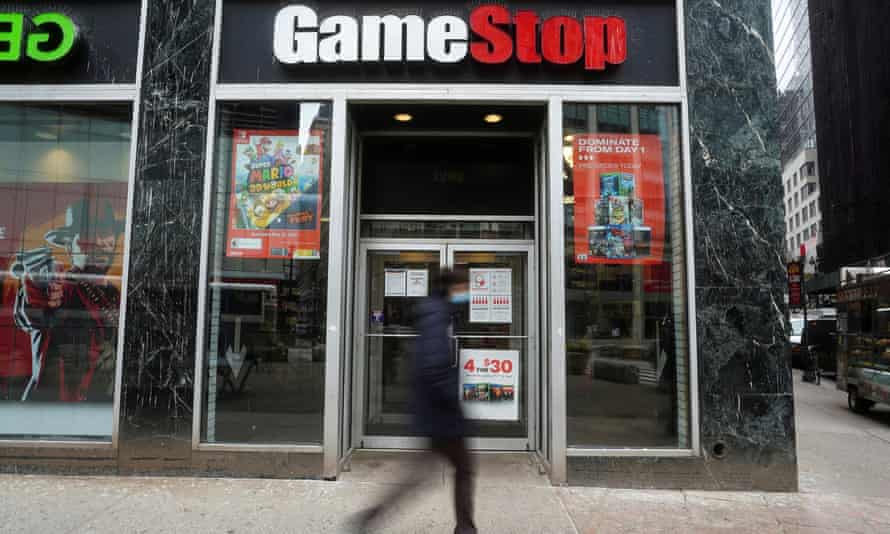Understanding the Short-Run Aggregate Supply (SRAS) Function:
The Short-Run Aggregate Supply (SRAS) function represents the total output of goods and services that all firms in an economy are willing and able to produce at different price levels in the short run. Unlike the long run, the short run assumes some input prices, particularly wages, are fixed or sticky, and firms cannot easily adjust their production levels to changes in prices.
SRAS Sloping Upwards from Left to Right:
The SRAS curve is assumed to slope upwards from left to right due to the following reasons:
Sticky Input Prices: In the short run, many input prices, especially wages, are relatively inflexible and do not adjust immediately to changes in the overall price level. When the general price level rises, firms' output prices tend to increase faster than their input costs, resulting in higher profits. This encourages firms to increase production and expand output, leading to an upward sloping SRAS curve.
Production Capacity Utilization: In the short run, firms may have unused production capacity, and increasing output does not require significant investments in capital. This allows firms to respond quickly to changes in demand or prices and expand production, contributing to an upward sloping SRAS curve.
Factors Shifting the SRAS Function:
Various factors can cause shifts in the SRAS curve, leading to changes in the quantity of output supplied at each price level:
Changes in Labour Costs: If wages increase, it will lead to higher production costs for businesses, causing the SRAS curve to shift to the left. Conversely, a decrease in labor costs, for example, due to labor market reforms, can shift the SRAS curve to the right.
Changes in Commodity Prices: Changes in the prices of key commodities like oil, metals, and agricultural products can significantly affect production costs. An increase in commodity prices leads to higher production costs, shifting the SRAS curve to the left. Conversely, a decrease in commodity prices can shift the SRAS curve to the right.
Changes in the Value of the Exchange Rate: A depreciation of the domestic currency can increase the cost of imported inputs, leading to higher production costs and a leftward shift in the SRAS curve. On the other hand, an appreciation of the domestic currency can reduce the cost of imports, leading to lower production costs and a rightward shift in the SRAS curve.
Taxation and Subsidies: Changes in taxation or subsidies can directly impact production costs for businesses. An increase in taxes can increase production costs and shift the SRAS curve to the left. Conversely, subsidies or tax cuts can reduce production costs and shift the SRAS curve to the right.
Assumptions behind SRAS Analysis:
Fixed Input Prices: In the short run, it is assumed that some input prices, particularly wages, remain fixed or sticky. This assumption allows for the upward slope of the SRAS curve.
Productivity and Technology: The level of productivity and technology is assumed to remain unchanged in the short run, which can affect the capacity of firms to produce goods and services.
Unused Production Capacity: Firms are assumed to have spare capacity that they can quickly utilize in response to changes in demand or prices.
Association with Monetarist and Neo-Classical Economists:
The upward sloping SRAS curve is commonly associated with Monetarist and Neo-Classical economists. These economists emphasize the importance of the short-run in understanding economic fluctuations and believe that the economy tends to return to its potential output level in the long run.
Understanding the SRAS function, its upward slope, and the factors that can cause shifts in the curve is essential for analyzing short-run economic changes and formulating appropriate economic policies to stabilize the economy.

